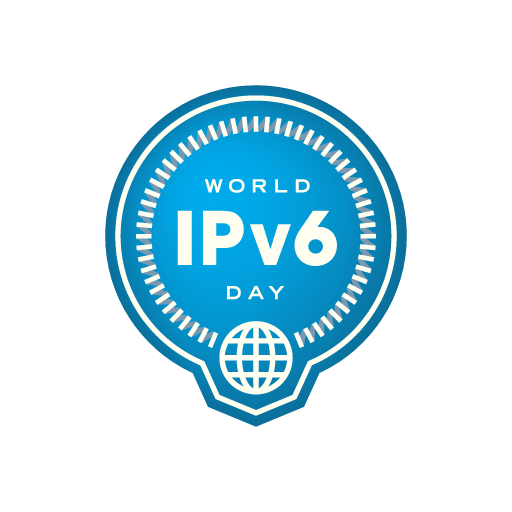New Route 53 and ELB features: IPv6, Zone Apex, WRR and more
An important contribution to the success of the Amazon Web Services is the willingness to listen closely to our customers and to use this feedback to drive the feature roadmap of a service. I am excited that today both the Route 53, the highly available and scalable DNS service, and the Elastic Load Balancing teams are releasing new functionality that has been frequently requested by their customers:
Route 53 now GA: Route 53 is now Generally Available and will provide an availability SLA of 100%. See the Route 53 detail page for the exact definitions and how SLA violations will be handled.
Route53 support for WRR load balancing. Weighted Round Robin is a DNS based load-balancing scheme that allows you to select multiple IP address for a name to be resolved to and to assigns frequencies ("weights") to how often the name should resolve to each address.
Route 53 and Elastic Load Balancing integration. Due to restrictions in DNS a root domain ("zone apex") cannot be mapped to another domain name using a CNAME record. This has caused customers who wanted to have the root of their domain (e.g. allthingsdistributed.com) point to same location where for example www.allthingsdistributed.com is pointing to jump through complex redirect hoops. Through a better integration between Elastic Load Balancing and Route 53 we can now offer the ability to map the zone apex to ELB without all the redirection muck. ELB and Route 53 work together closely to ensure that if the address of the load balancer changes this is quickly reflected in Route 53.
ELB Application Lockdown. Elastic Load Balancing now provides support for EC2 Security Groups such that customers that hosts their Internet accessible application instances behind ELB can build security rules that for example restrict traffic to only the ELB instances that front them.
Elastic Load Balancing support for IPV6. To support the continuous growth of the Internet it is essential that IPv6 will be enabled. ELB will now support both IPv6-only as well as Dual Stack (both IPv4 and IPv6) access.
IPv6
Already for a long time we know that the addressing scheme used for the internet protocol will not be sufficient to support the massive growth in direct addressable internet enabled devices. We have had some reprieve, mainly from the widespread introduction of NAT enabled routers, but in February of this year IANA finally handed out the last block of IPv4 Internet addresses. Even though it is still uncertain when exactly we will run out of IPv4 addresses to use, but it is a clear signal that we need to start enabling IPv6 to support the continuous growth of the Internet.
Introducing a new Internet protocol is not a simple feat. It has impact on many pieces of the protocol stack, from routers and switches all the way up to applications. It will take while before all the pieces work as rock solid as with the current IPv4 stacks, but the best way to find out is to actually start using it. A good starting point is the upcoming World IPv6 Day when many organizations will offer their content and services through IPv6 such that the readiness of the different devices, protocols and applications can be tested.
 Many AWS customers use Elastic Load Balancers (ELB) to front their Internet facing applications. To help our customers with the transition to IPv6, ELB now also supports the use of the IPv6 addressing, which will enable them to take part in World IPv6 Day.
Many AWS customers use Elastic Load Balancers (ELB) to front their Internet facing applications. To help our customers with the transition to IPv6, ELB now also supports the use of the IPv6 addressing, which will enable them to take part in World IPv6 Day.
ELB has support for both IPv6-only and Dual Stack configurations. In IPv6-only mode clients access the load balancers will need to be fully IPv6 enabled. In Dual Stack mode both IPv6 and IPv4 clients can access the services. Customers will need to create the appropriate DNS mappings such that their Internet names resolve into the name for the right protocols. Customers that are already using the ELB and Route 53 integration can use the alias functionality to create the right mappings, other customers will need to setup up their own CNAME mapping.
More information can found on the Elastic Load Balancing and the Route 53 detail pages and on the two blog posts on the AWS developer blog.